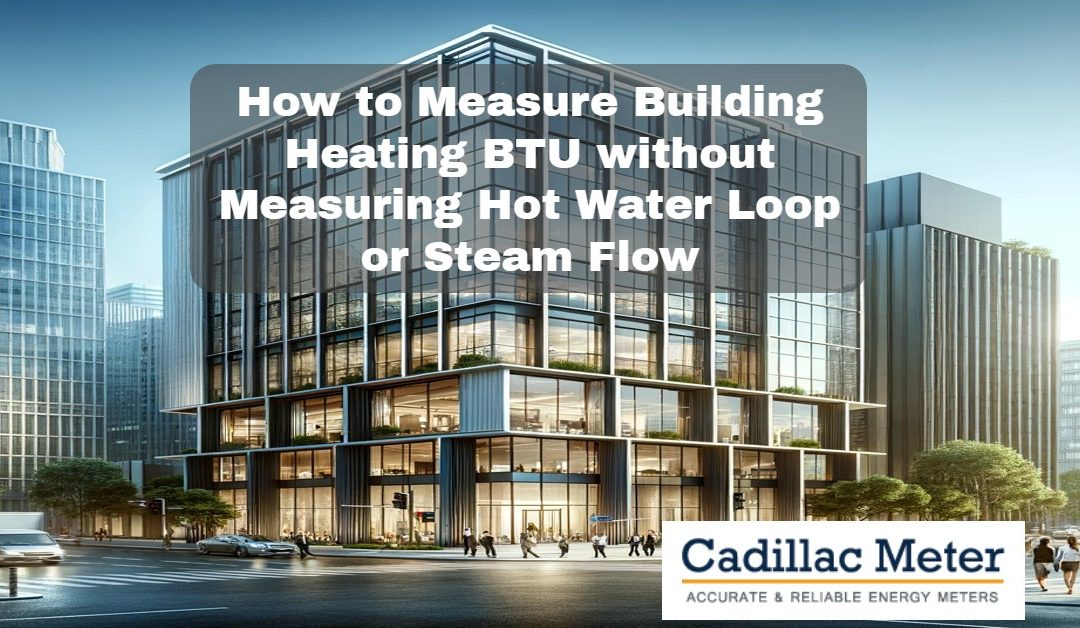In most building heating systems the main energy source is provided as steam from a central utility plant (CUP). The steam travels throughout a campus through underground lines and is then tapped into each and every building. Once in the building, the steam passes through a steam/water heat exchanger (HX). The water is circulated in a loop through the water side of (HX) where it heats the water and is then circulated through the building via flow meters. At various points through the building the heated water goes through fan coil units, floor mount hydronic piping systems, or fin style floor mounted radiators. All three of these act essentially as water to air heat exchangers (HX) to heat a specific space. Once the water has given up its heat energy through the building it returns to the steam to water HX to start the process over again. At the point the steam enters the building the first energy measurement is made. This measurement is a steam flow meter, which measures the amount of steam entering the building in Lbs/Hr.
In order to measure building energy consumption in a heating hot water or chilled water system you need four components. A flow meter to measure volumetric flow in the heating loop, two temperature sensors with one installed in the feed line and one in the return line, and a flow computer to take all three sensor inputs to calculate the energy consumption. This calculation is made by taking the dynamic temperature of the feed and return lines to calculate the density and enthalpy of media (water or water glycol mixture), and then multiplying by the instantaneous volumetric flow rate.
P = V x ρ x (hTV – hTR)
Where:
P = Power (BTU/Hr)
V = Volumetric Flow Rate (Gal/Hr)
ρ = Density (Lb/Gal)
hTV = Specific Enthalpy (BTU/Lb) – Feed Temperature
hTR = Specific Enthalpy (BTU/Lb) – Return Temperature
For a chilled water system the energy consumption can be calculated in BTU’s or Ton*H, where the conversion calculated inside the flow computer is as follows:
1 Ton x Hour (Refrigeration) = 12,000 BTU’s
Considering the Volumetric Flow Measurement occurs in either the Feed or Return line the installation location must be identified so that the proper Density (ρ) value is applied in the power calculation.
However, since a typical building requires both the Heating and Cooling in order to measure total building Heating/Cooling energy consumption, it has traditionally required two flow computers, two flow meters, and four temperature sensors to achieve both measurements. With the development of a new flow computer this is no longer the case. At minimum, it’s now possible to eliminate a flow measurement and a temperature measurement, while providing better accuracy and less installation cost. See our next post on “How to Simplify the Measurement of a Building’s Energy Consumption.”



